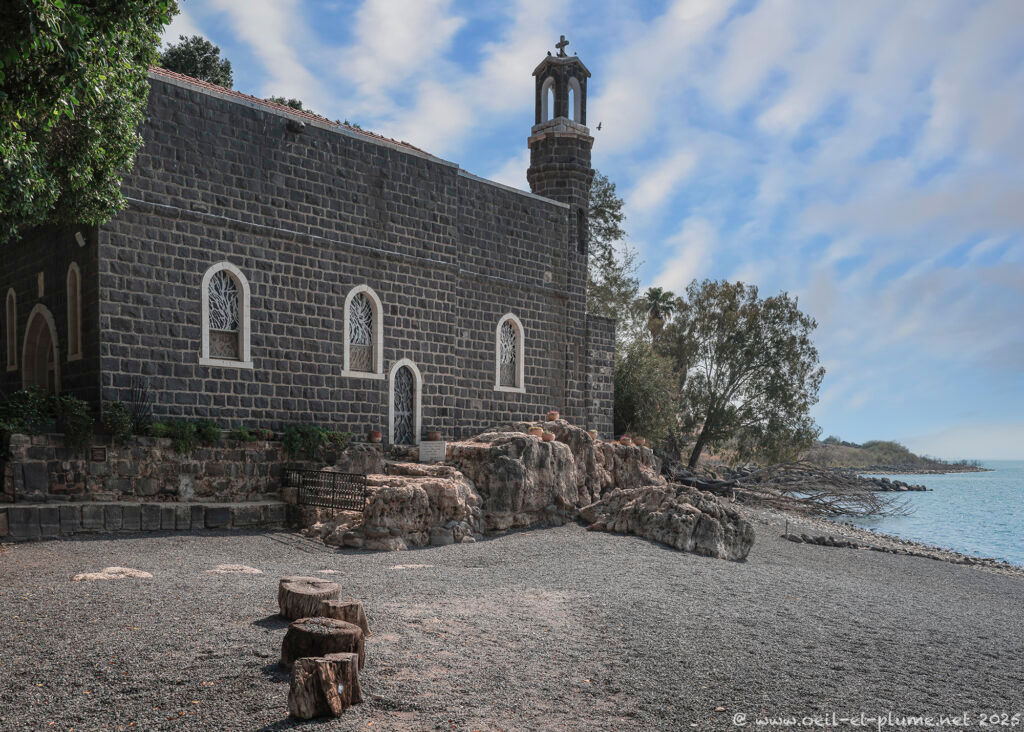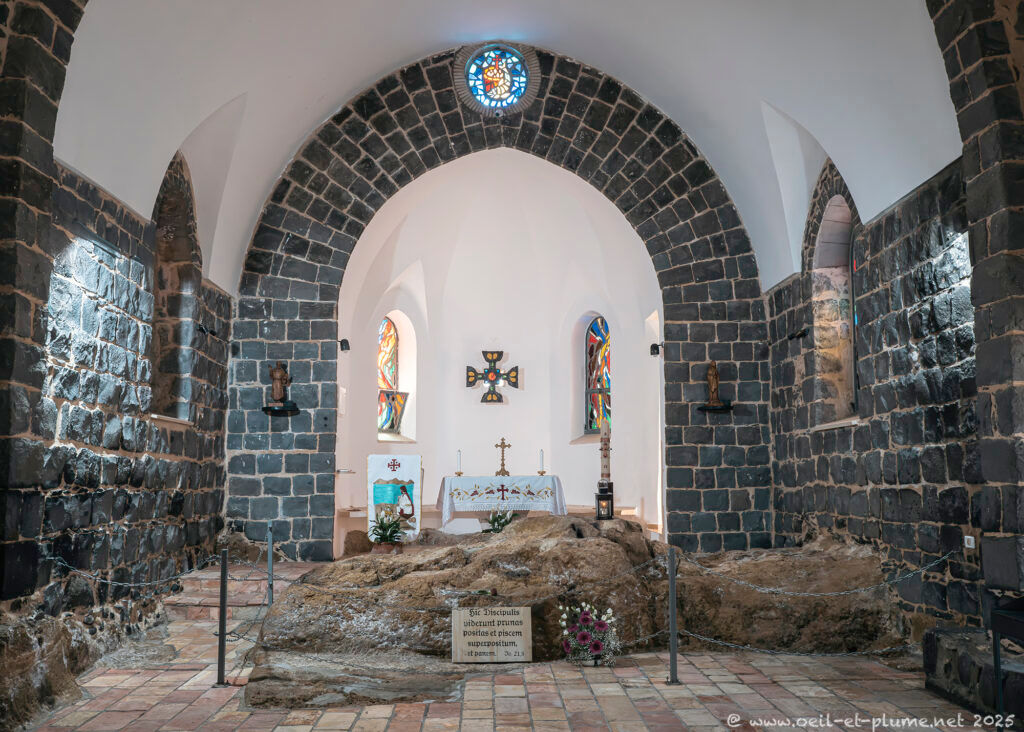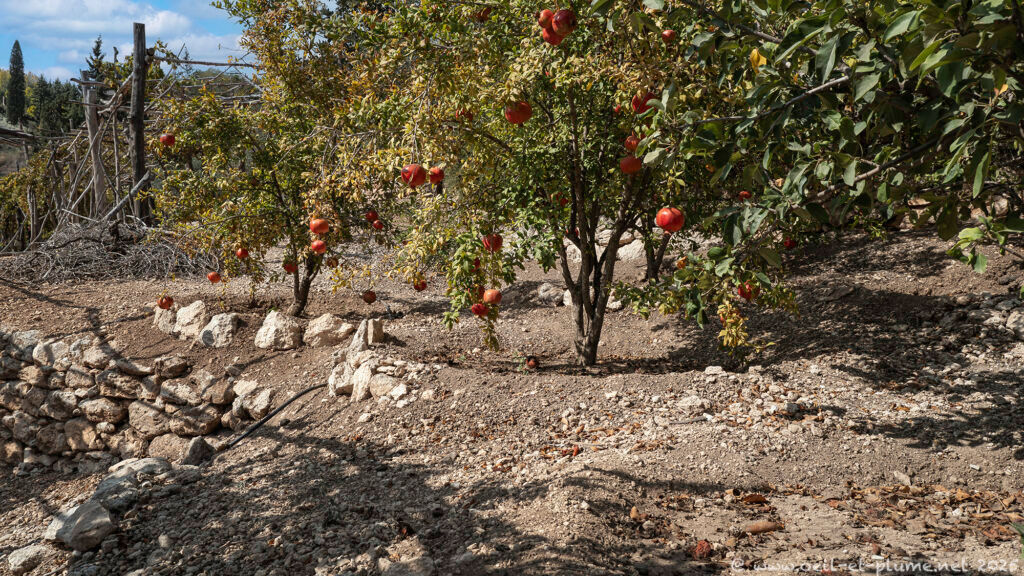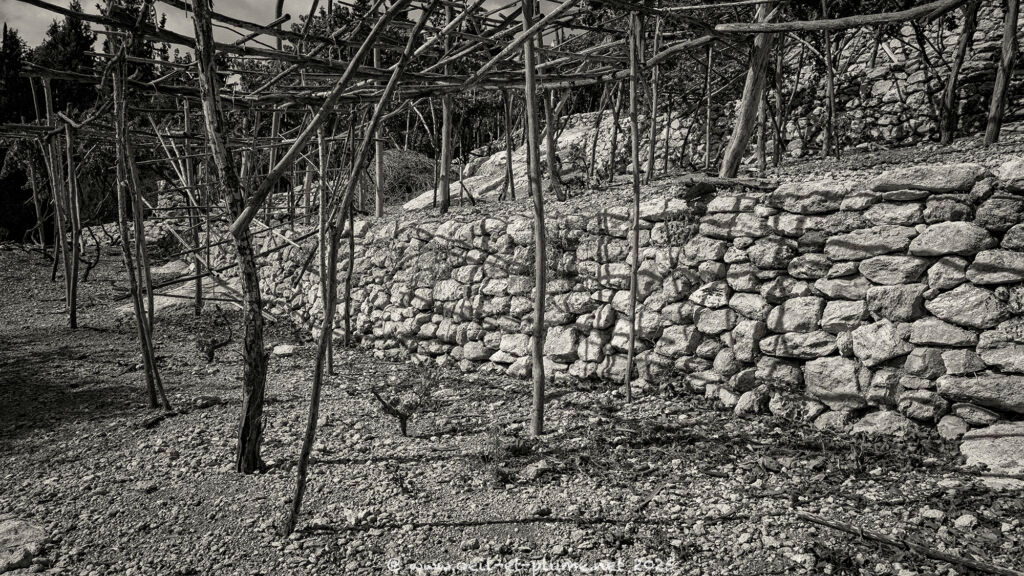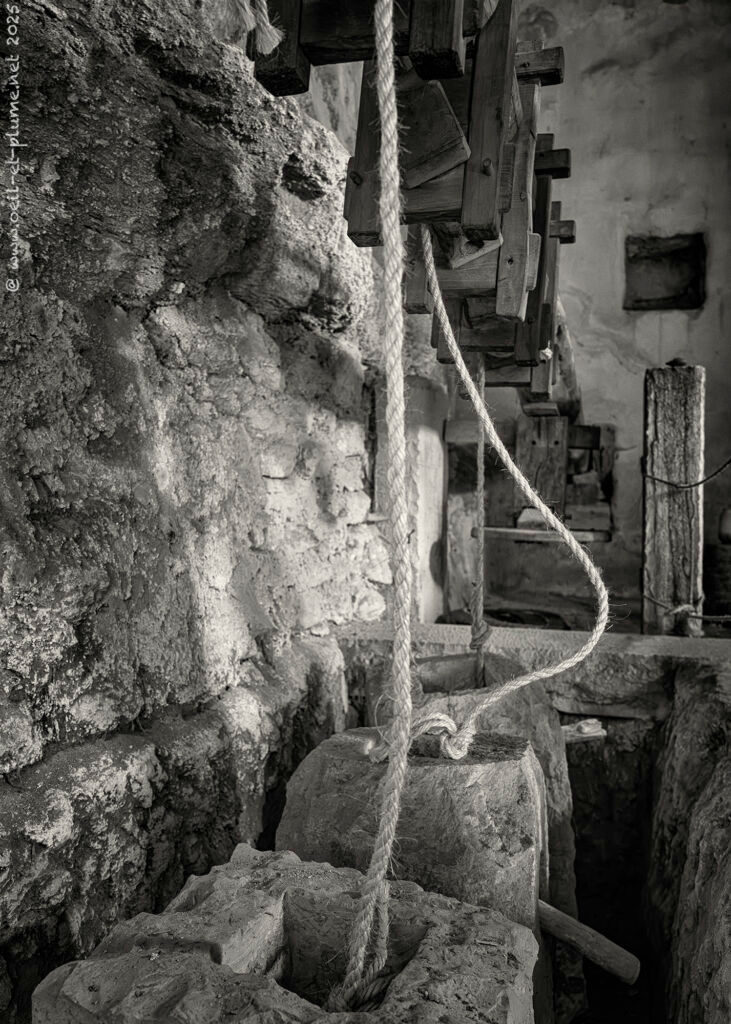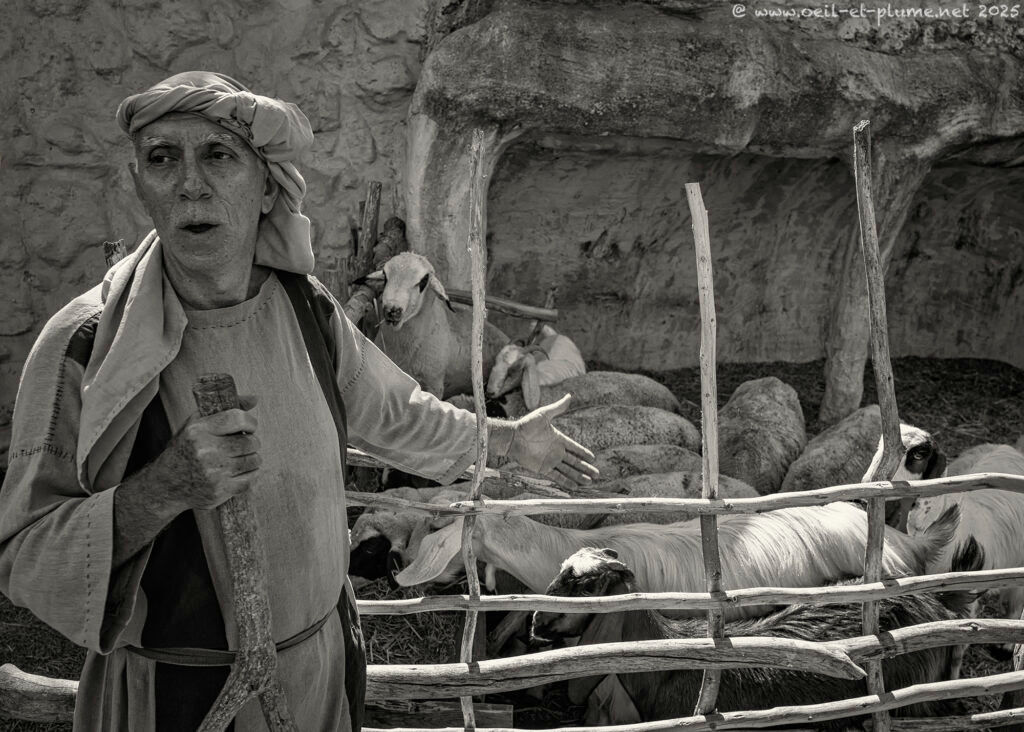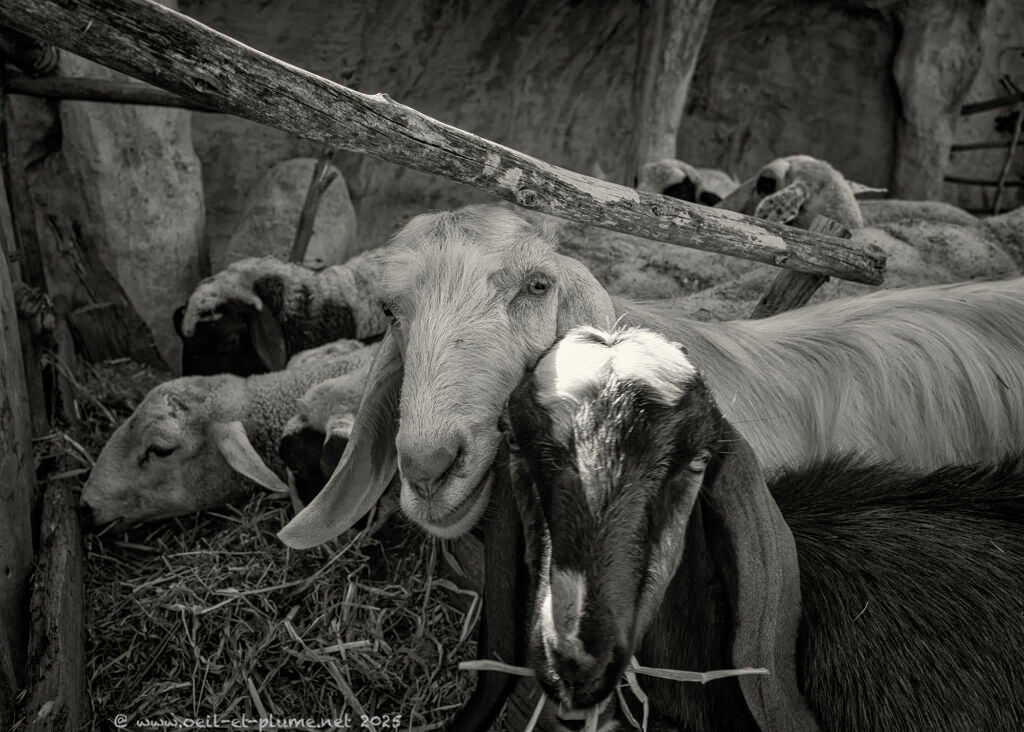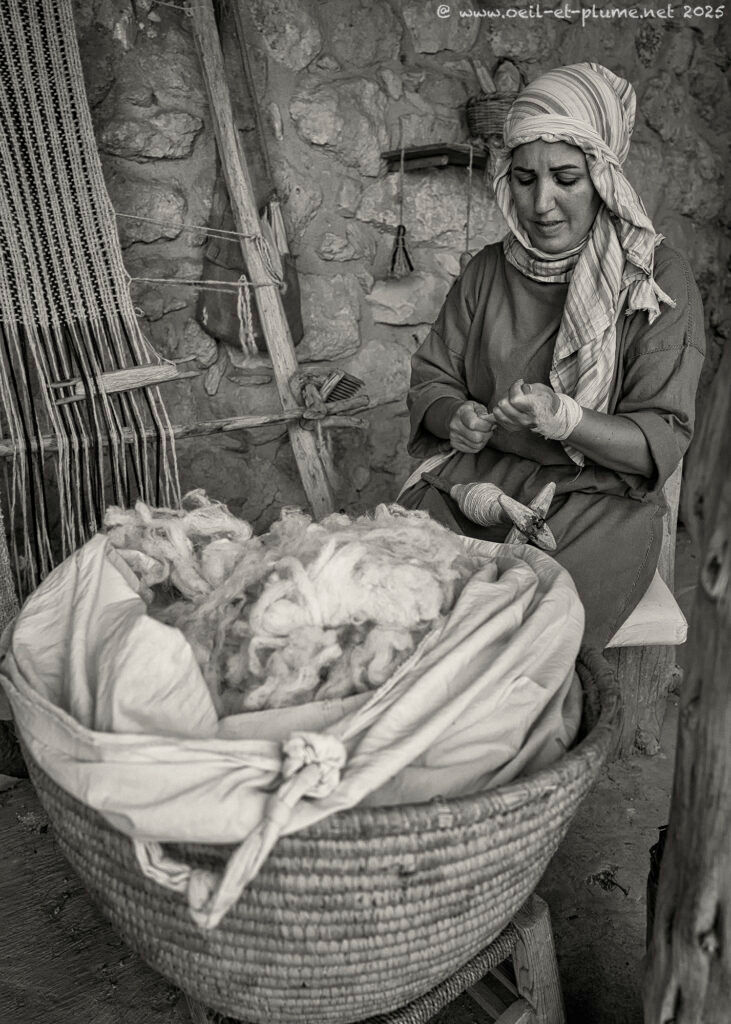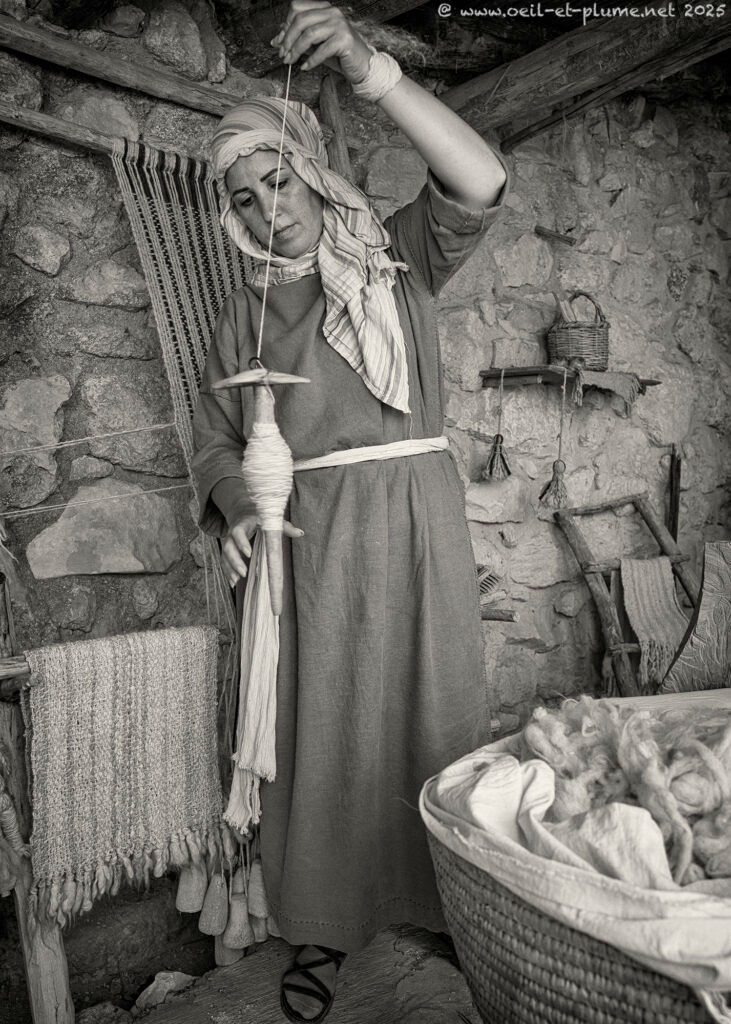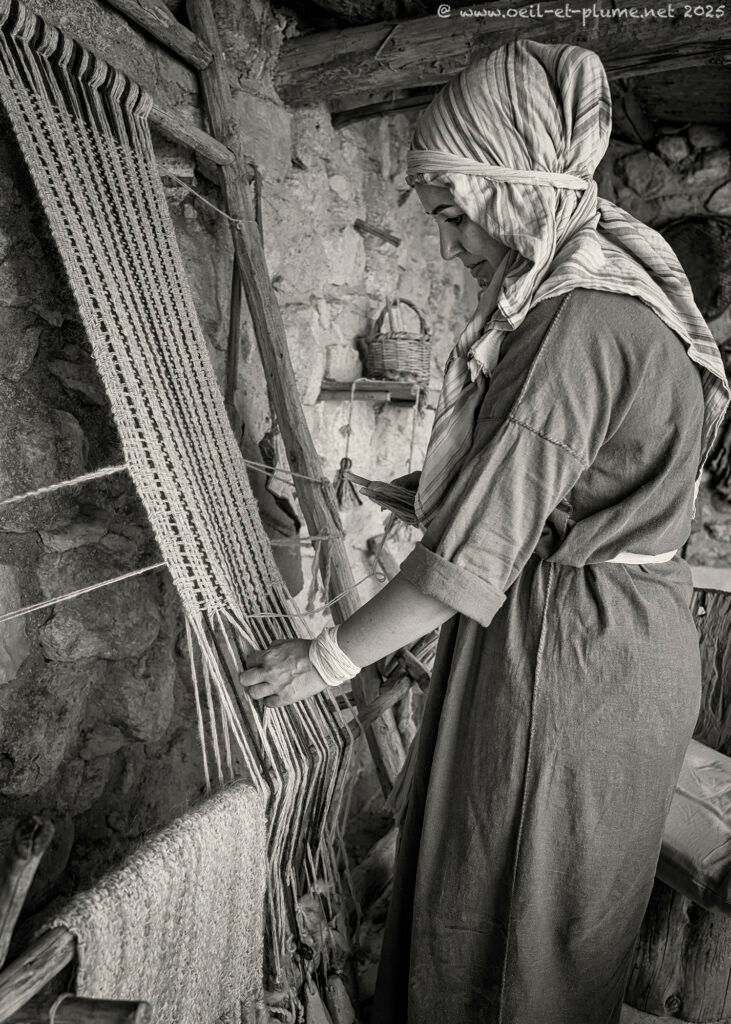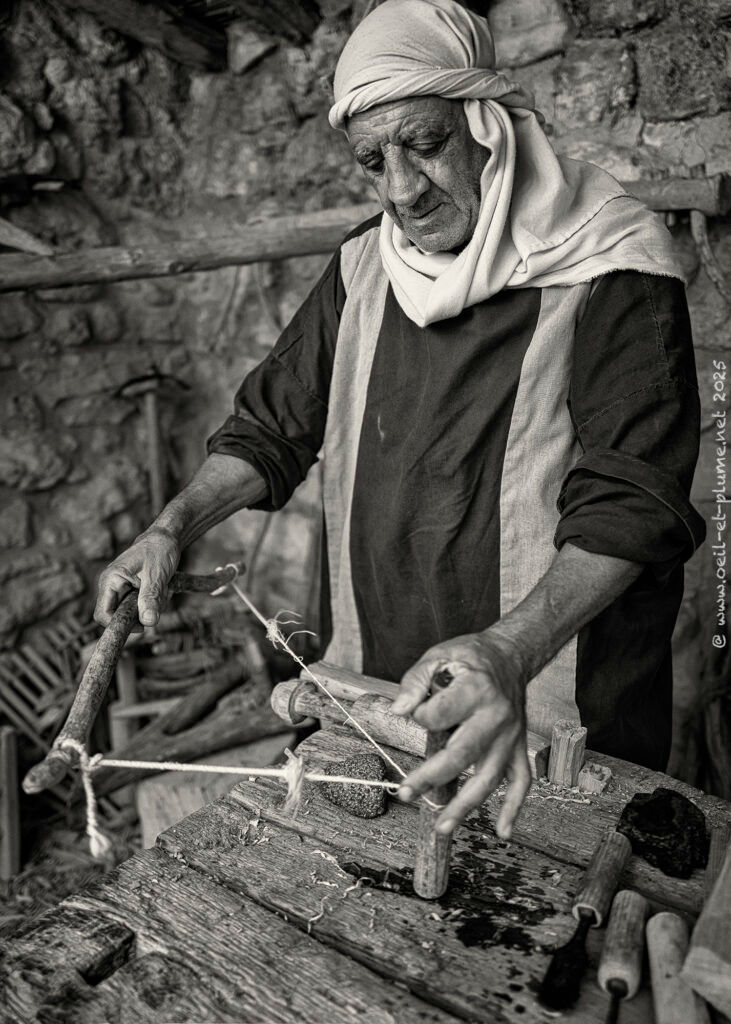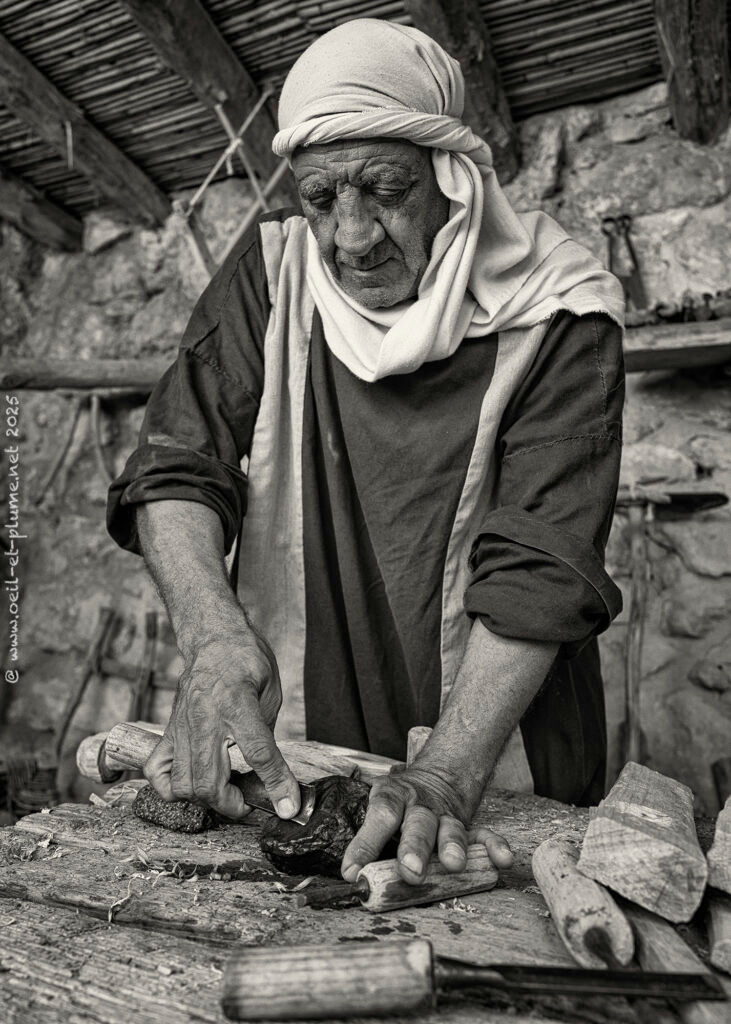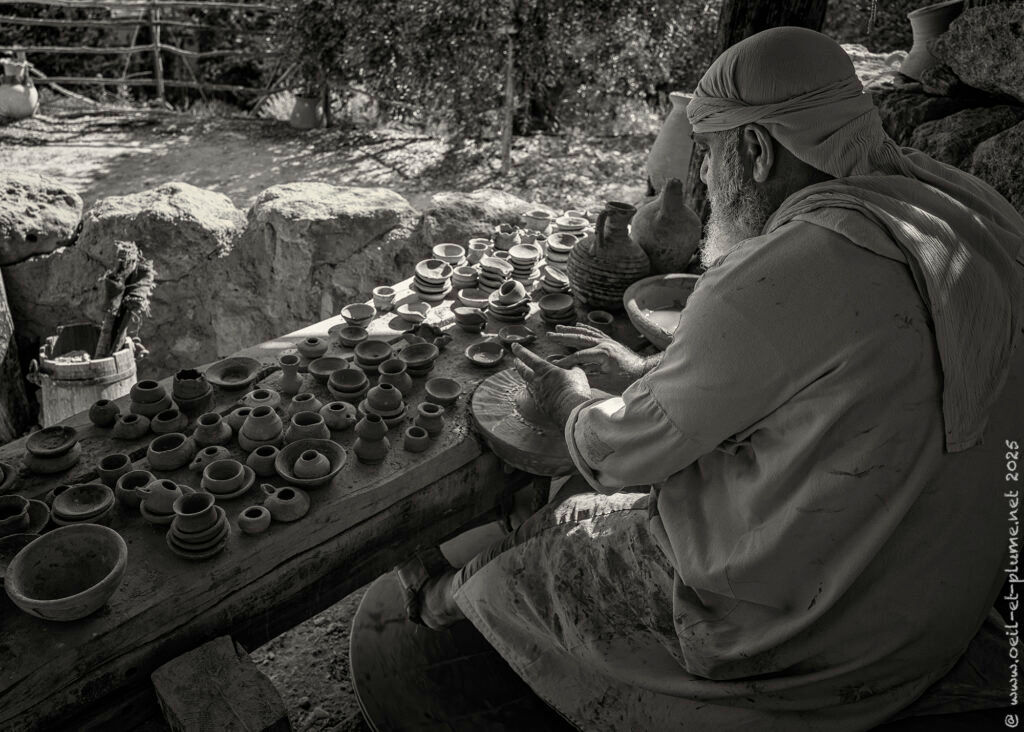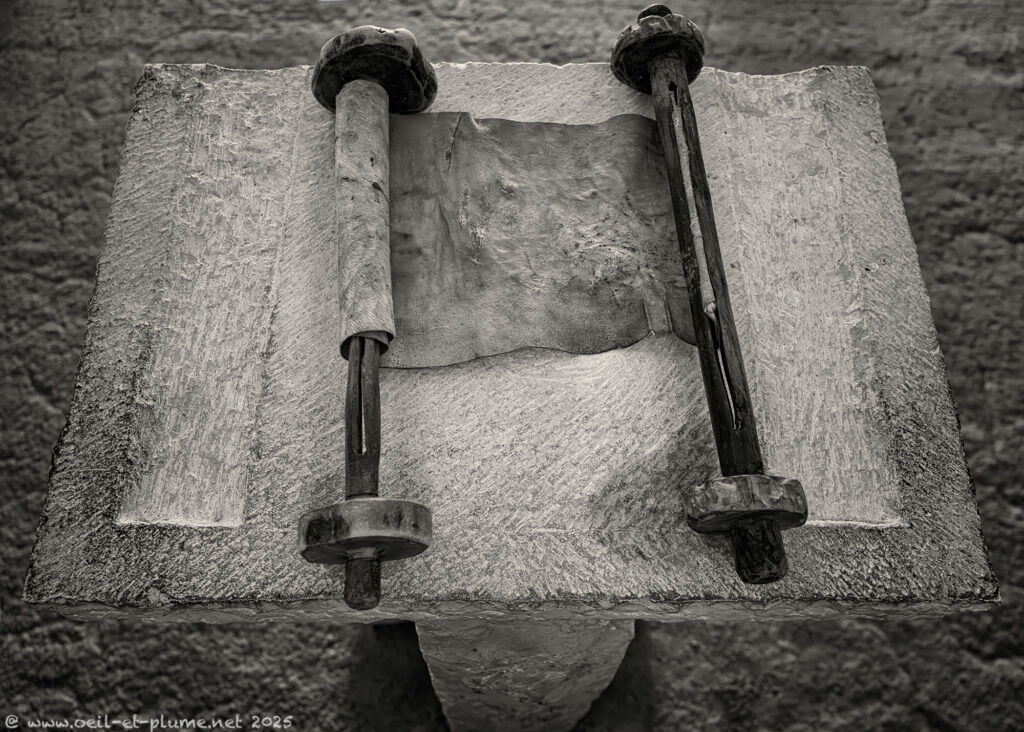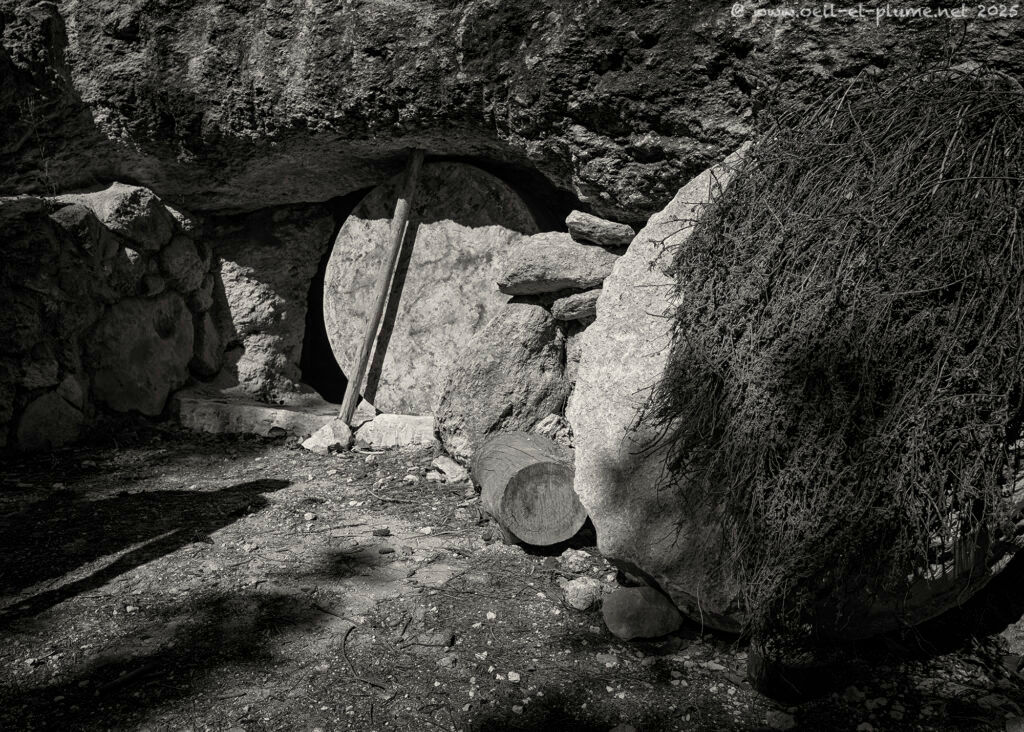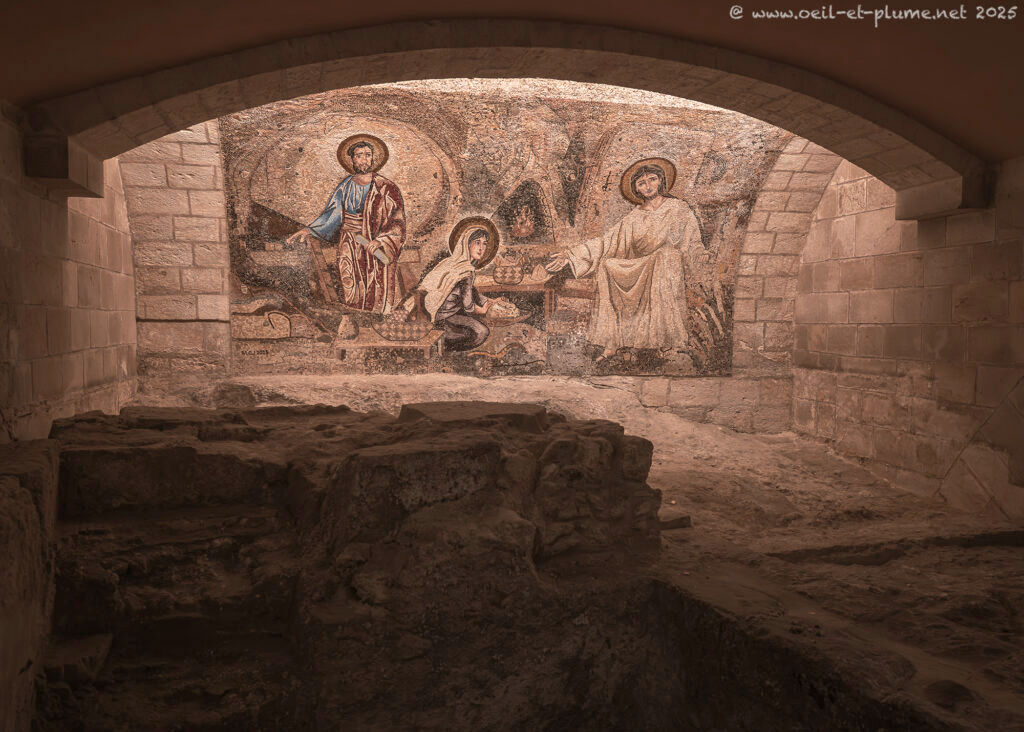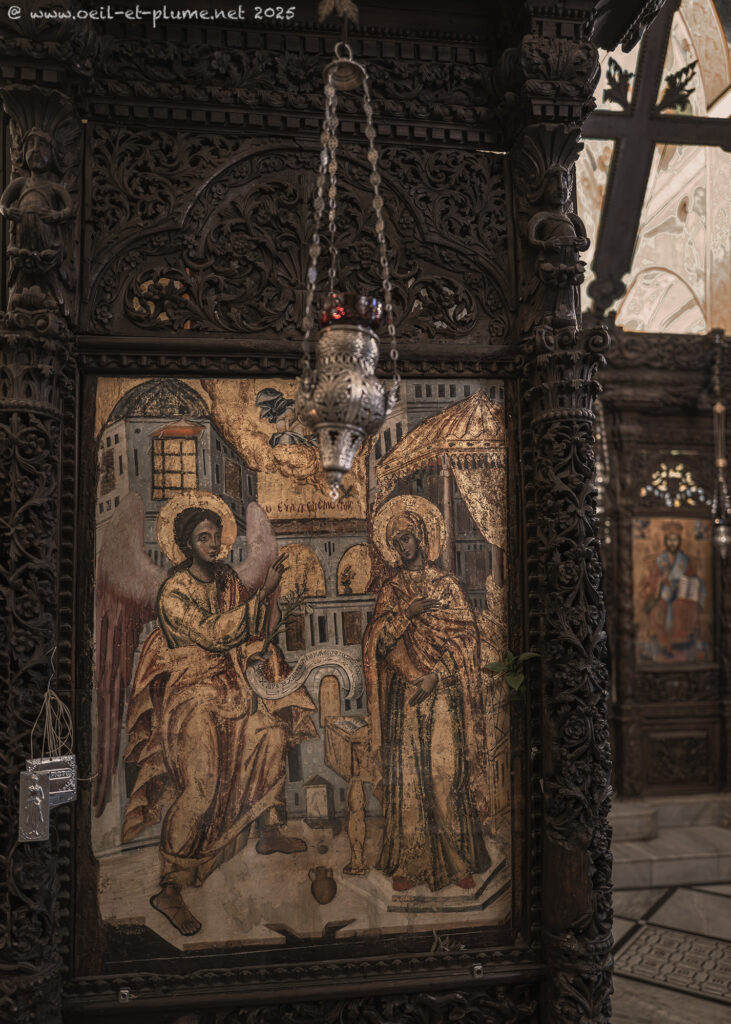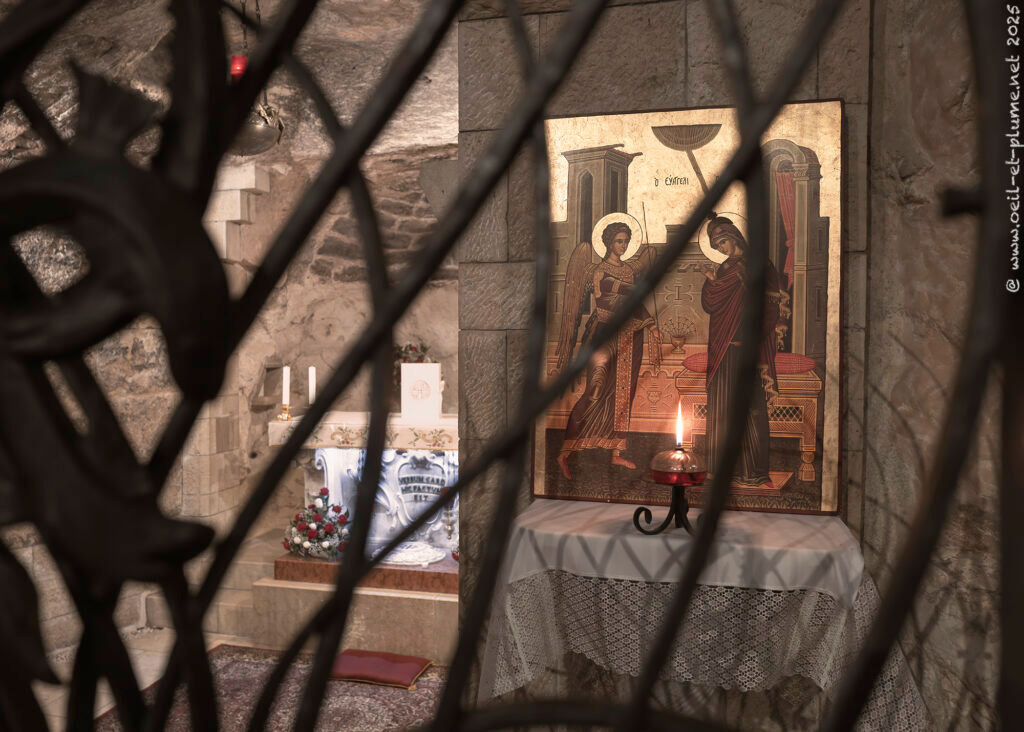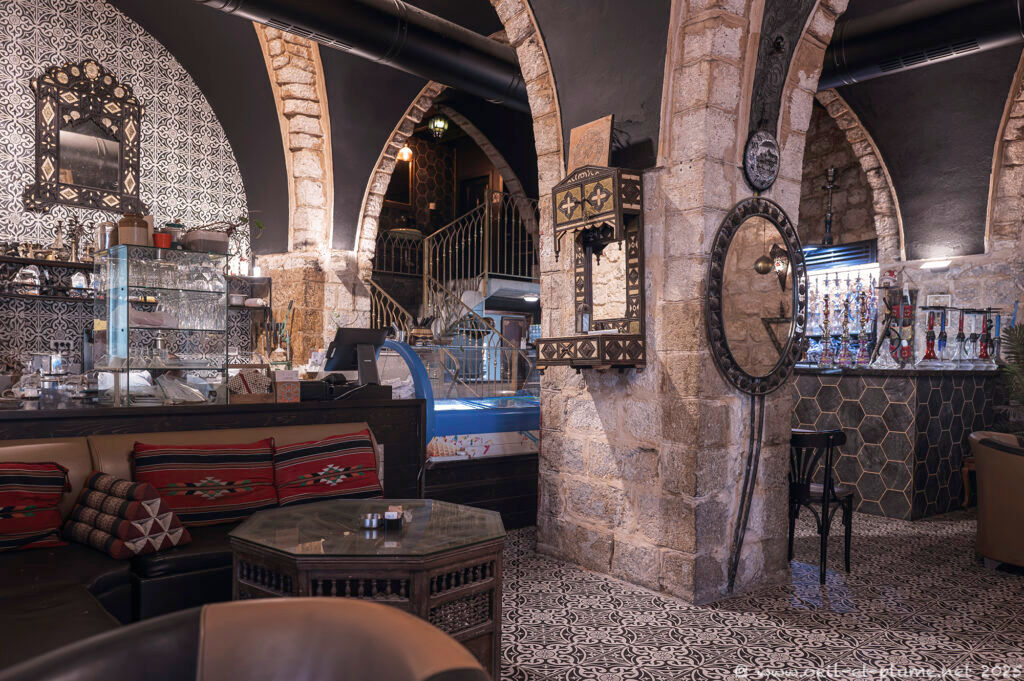My previous post briefly evoked the Sea of Galilee, situated in today’s northern Israel. The Sea of Galilee is more than a geographical feature; it shapes the identity of the Galilee region itself. Both the Sea of Galilee and the Galilee region are abundantly referred to in the religious history of the Holy Land as they constituted the cradle of Jesus’ early ministry.
Religious cradle
Galilee is the location of Jesus’ upbringing. Jesus grew up in Nazareth. Once an adult, he left Nazareth to dwell in Capernaum, by the Sea of Galilee. Two thousand years ago, the Galilee region was a bustling economic area blessed by abundant food resources and crisscrossed by international trade routes. Rich in cultural exchanges, the Galilee region offered fertile ground for Jesus’ early ministry, far from the political and religious center of Jerusalem. This is where he called his first disciples, preached to large audiences, performed miracles such as the calming of storms, walking on water, and the multiplication of loaves and fish.
Located near Capernaum, tradition holds that the site of Tabgha, on the northwestern shore of the Sea of Galilee, was where the miracle of the multiplication of loaves and fish took place. Jesus is believed to have stood upon the rocks to address the gathered crowd before performing one of his most remembered acts of compassion—feeding thousands with a few loaves and fish.
Galilee’s distance from Jerusalem’s religious establishment allowed Jesus’ teachings to take root among common people—fishermen, farmers—before challenging the entrenched powers of the capital. The region’s openness, its mixture of cultures and ideas, mirrored the openness of the message itself: a call to renewal, faith, and a vision of God’s kingdom accessible to all.
Traditional life in Galilee
Rather than echoing the Gospel accounts, I prefer to imagine how people lived during the time of Jesus in Galilee. Fortunately, Galilee today is dotted with archaeological sites and artefacts that reveal daily life in antiquity: homes, working tools, olive presses, pottery, synagogues, tombs even. In Nazareth, a living museum allows to step across the centuries and meet people who could have been contemporaries of Jesus before his move to the Capernaum area.
My essay blends this awesome experience with other visual assets found in various locations of Galilee to present you my historical reading of Galilee. Crossing into this time tunnel requires no words, only imagination. Historical evidence, religious memory, and personal reflection converge and merge, offering the chance to compose our own vision of Galilee.
Annunciation
The story of Jesus in Galilee does not begin with his ministry along the shores of the lake, but earlier still—before his birth. According to the Gospel of Luke, it was in Nazareth that the archangel Gabriel appeared to Mary, announcing that she would conceive and bear a son who would be called Jesus. This moment, known as the Annunciation, has forever linked Nazareth with the very origins of the Christian narrative.
The town’s historical center reflects centuries of devotion to that single event. The Roman Catholic Basilica of the Annunciation rises as a bold architectural statement and spiritual beacon, its sheer scale and artistry leaving visitors speechless. Nearby, the Franciscan Church of St. Joseph, with its austere yet serene atmosphere, offers a striking contrast—inviting silence, humility, and reflection. The Greek Orthodox Church of St. Gabriel, more intimate in size, enchants with its lavish iconography and warm ambiance, creating a sense of closeness that feels both personal and timeless.

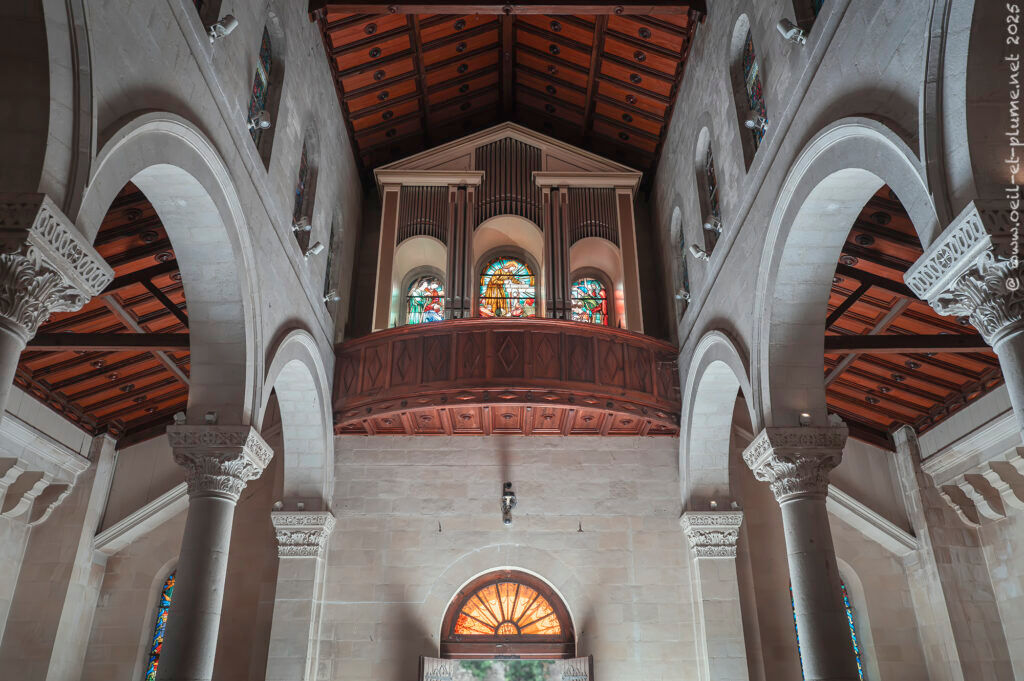
Contemporary life in Galilee
Following the crucifixion of Jesus in Jerusalem under Roman rule, Galilee did not remain untouched by the tides of history. Like the rest of the Holy Land, it was shaped by centuries of shifting powers and cultural exchanges. From Roman and Byzantine rule to Islamic caliphates, Crusader kingdoms, Persian incursions, Ottoman dominion, and eventually modern times, Galilee has absorbed a mosaic of influences that left their imprint on its landscapes, architecture, and traditions.
These layers of history are still visible today. In Nazareth, each stone seems to tell a story of endurance, coexistence, and transformation. No doubt, similar traces are scattered throughout the wider Galilee region, waiting for those who seek to look beyond the surface and read the past through the land itself.
Two thousand years after Jesus, the Galilee region is a place where landscape, history, culture and faith converge to reflect the memory of events that shaped not only the Christian tradition but the wider spiritual imagination of humanity.
Cheers,

